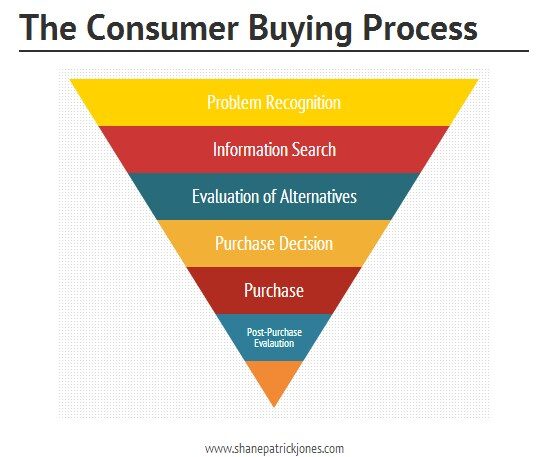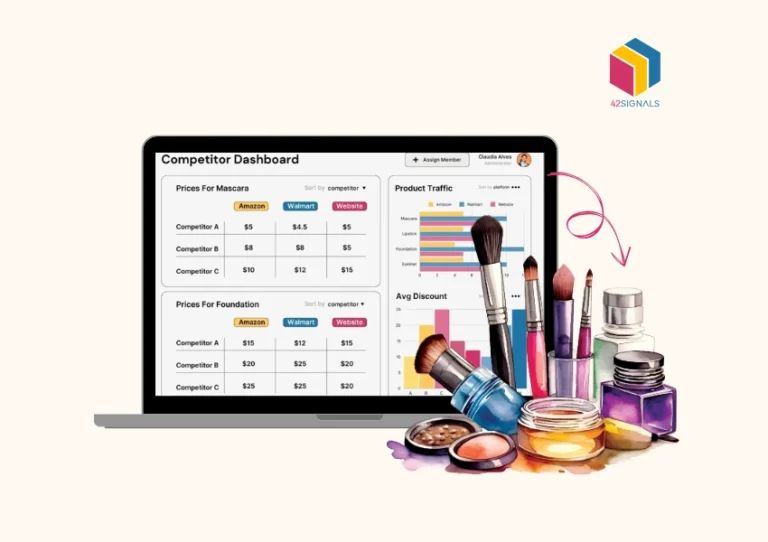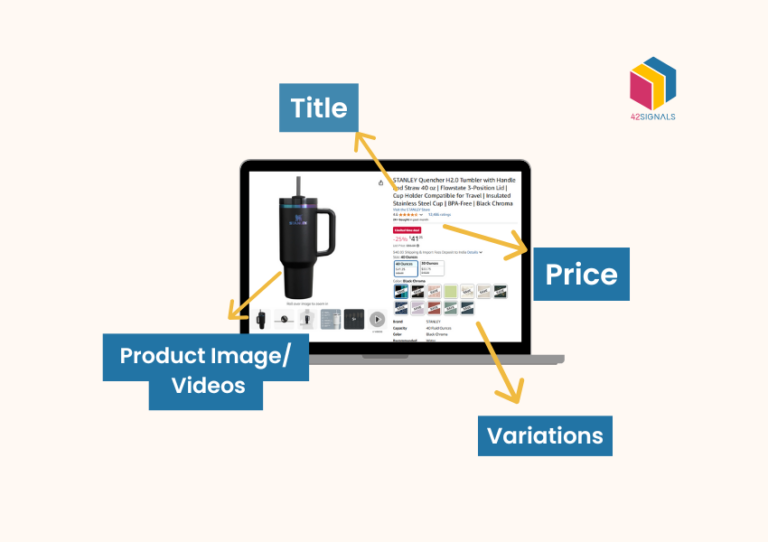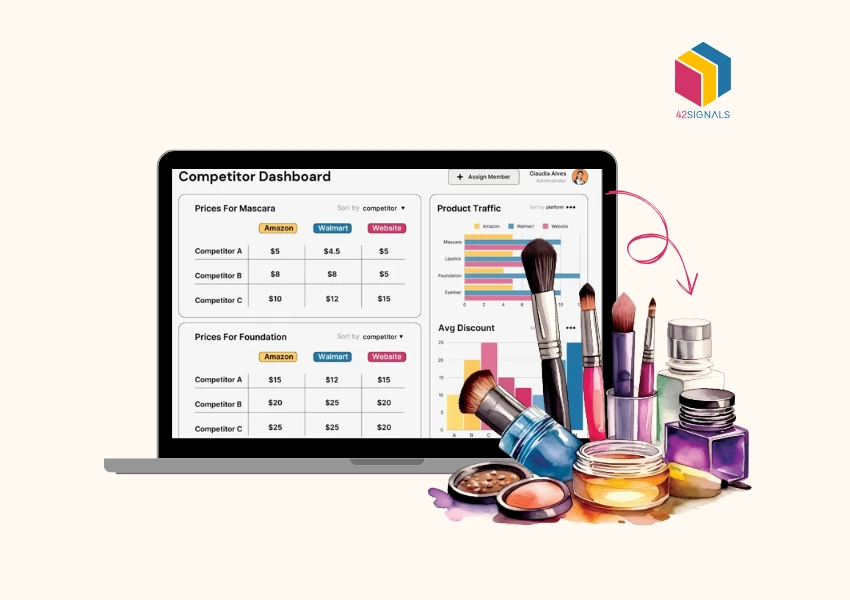E-commerce analytics, in a nutshell, refers to the collection and interpretation of data generated from online activities. This data encompasses a wide range of information, from customer behavior and sales interactions to purchasing trends. By leveraging advanced analytics tools, digital-first businesses can gain a deeper understanding of their consumers and the broader market. In today’s hyper-competitive online retail environment, such insights are indispensable for making data-driven decisions that drive growth and efficiency.
While the value of e-commerce analytics is vast, let’s dive into five specific ways it can transform your online store and help your brand thrive:
5 Ways E-Commerce Analytics Helps Brands
Understanding Customer Behavior
Understanding your customers is the cornerstone of successful e-commerce operations. When you know your audience inside and out, you can craft personalized marketing campaigns, curate products effectively, and optimize the overall shopping experience.
E-commerce analytics provides a window into how users interact with your website. It tracks essential data points such as the pages they visit, how long they stay on each page, the actions they take, and their journey from browsing to purchase. For example, if analytics reveal that users frequently abandon their carts at a specific stage during the checkout process, it signals a need to simplify that part of the process or offer more payment options.
Beyond individual actions, analytics can uncover patterns and trends in customer behavior. Perhaps your site experiences a surge in visits during specific times of the day or certain products see a spike in popularity during holidays. These insights allow businesses to proactively address customer needs, ultimately improving satisfaction and loyalty.

Image Source: WP Swings
Optimizing Product Listings and Categories
Think of your online store as a digital version of a well-organized physical retail space. Just as traditional stores strategically place products to boost sales (e.g., placing mints at the checkout counter or pairing chips with dips in the same aisle), your e-commerce store should be optimized for seamless navigation and product discovery.
E-commerce analytics enables brands to assess product performance by analyzing sales figures, conversion rates, and inventory levels. This insight helps identify top-performing products and categories while pinpointing underperforming ones. For instance, if analytics show that a particular product category is lagging in sales, you could take several actions to improve its performance. Enhancing product descriptions, upgrading images or videos, and even rethinking the pricing strategy are all viable solutions. Additionally, reallocating marketing resources to promote high-performing products can help maximize returns.
By constantly monitoring and optimizing product listings and categories, brands can ensure that customers find what they’re looking for quickly and effortlessly, leading to increased sales and customer satisfaction.
Improving the User Experience
User experience (UX) is a critical factor in determining whether visitors convert into paying customers. A website that’s easy to navigate, fast to load, and visually appealing will always outperform one that frustrates users.
E-commerce analytics tools are invaluable for assessing UX. They provide data on site speed, navigation pathways, bounce rates, and mobile responsiveness, among other metrics. If your analytics reveal that pages are loading slowly, you might invest in better server infrastructure or optimize media files to improve load times. Similarly, if users struggle to navigate your site, you could redesign menus, enhance the search functionality, or simplify the checkout process.
Improving UX not only increases conversions but also builds trust and loyalty. Satisfied customers are more likely to return and recommend your store to others, creating a positive feedback loop that fuels growth.
Personalizing Marketing Campaigns
Personalization is no longer a luxury in e-commerce—it’s a necessity. Customers expect tailored experiences that cater to their unique preferences and needs. Fortunately, e-commerce analytics provides the data needed to create these personalized experiences.
For instance, analytics can reveal demographic insights about your customer base. If a significant portion of your audience consists of young adults interested in fitness, you could launch a marketing campaign highlighting athletic wear, gym equipment, or related products. Personalization can also extend to email marketing. By analyzing purchase histories, you can send targeted recommendations and promotions to individual customers, making them feel valued and understood.

Image Source: MKM Digital Marketing
The benefits of personalized marketing are substantial. Not only does it improve customer engagement, but it also increases the likelihood of repeat purchases and higher average order values. In today’s competitive market, the brands that succeed are those that speak directly to their audience’s tastes and interests.
Monitoring Performance Metrics
Key performance indicators (KPIs) are the benchmarks that measure the success of your e-commerce store. E-commerce analytics tools provide a comprehensive range of KPIs, such as conversion rate, average order value (AOV), bounce rate, and customer lifetime value (CLV). By tracking these metrics over time, you can assess the effectiveness of your strategies and identify areas for improvement.
For example, a declining AOV despite steady traffic might indicate a need to implement upselling or cross-selling strategies. Conversely, a high bounce rate suggests issues with site design or content, requiring adjustments to improve visitor engagement. Regularly reviewing these metrics ensures that your store remains competitive and aligns with your business goals.
Moreover, performance metrics can also help you forecast future trends and prepare for seasonal demand. For instance, by analyzing historical data, you can predict which products will be popular during the holiday season and adjust your inventory accordingly.
The Power of E-Commerce Analytics in Action
E-commerce analytics is not just about collecting data; it’s about turning that data into actionable insights. From understanding customer behavior to optimizing product listings, improving UX, personalizing marketing campaigns, and monitoring KPIs, analytics provides a comprehensive toolkit for enhancing every aspect of your online store.
Implementing these insights, however, requires the right tools and strategies. Platforms like 42Signals are designed to make this process easier. By leveraging AI-powered analytics, businesses can gain a deeper understanding of their operations and uncover opportunities for growth. Whether you’re looking to boost sales, streamline operations, or improve customer satisfaction, e-commerce analytics is your key to success.
Conclusion on the Benefits of E-Commerce Analytics
To conclude, e-commerce analytics unlocks valuable insights into customer behavior, product performance, user experience, marketing efficacy, and overall store health. By leveraging these insights, you can optimize your online store, streamline operations, and drive sustainable growth.
Data analysis is an ongoing process and products like 42Signals help you in this journey. With our AI-powered platform, businesses can leverage e-commerce insights in the right way that drives growth.
To know more about our offerings, contact us at sales@42signals.com
Frequently Asked Questions
What is analytics in ecommerce?
Ecommerce analytics refers to the process of collecting, analyzing, and interpreting data generated by an online store to understand customer behavior, measure performance, and optimize business strategies. It involves examining metrics such as website traffic, conversion rates, customer acquisition costs, average order value, and customer lifetime value. By leveraging this data, businesses can make informed decisions to enhance user experience, increase sales, and achieve long-term growth.
What does an ecommerce analyst do?
An ecommerce analyst is responsible for using data to help online businesses improve performance. Their main tasks include:
- Data Collection: Gathering information from various sources, such as web analytics tools, CRM platforms, and sales records.
- Performance Analysis: Analyzing website metrics like traffic, bounce rates, conversion rates, and sales trends.
- Customer Insights: Understanding customer behavior, preferences, and purchasing patterns.
- Reporting: Creating dashboards and reports to provide actionable insights to stakeholders.
- Strategy Development: Recommending changes to marketing strategies, website design, or product offerings based on data-driven insights.
What is the most popular ecommerce analytics tool?
The most popular ecommerce analytics tool is Google Analytics, specifically its enhanced ecommerce features. It offers a comprehensive view of website performance, including metrics such as traffic sources, conversion rates, cart abandonment, and customer demographics. Other widely used tools include:
- Shopify Analytics: Built-in for Shopify users, offering sales, customer insights, and marketing analytics.
- Adobe Analytics: A robust tool for large-scale ecommerce businesses, providing advanced customer journey tracking.
- Klaviyo: Popular for its email marketing and ecommerce integration analytics.
- Hotjar: Useful for understanding user behavior through heatmaps and session recordings.
- 42Signals: Helpful to learn about digital product performance on online marketplaces, competitor strategies, and pricing data.







